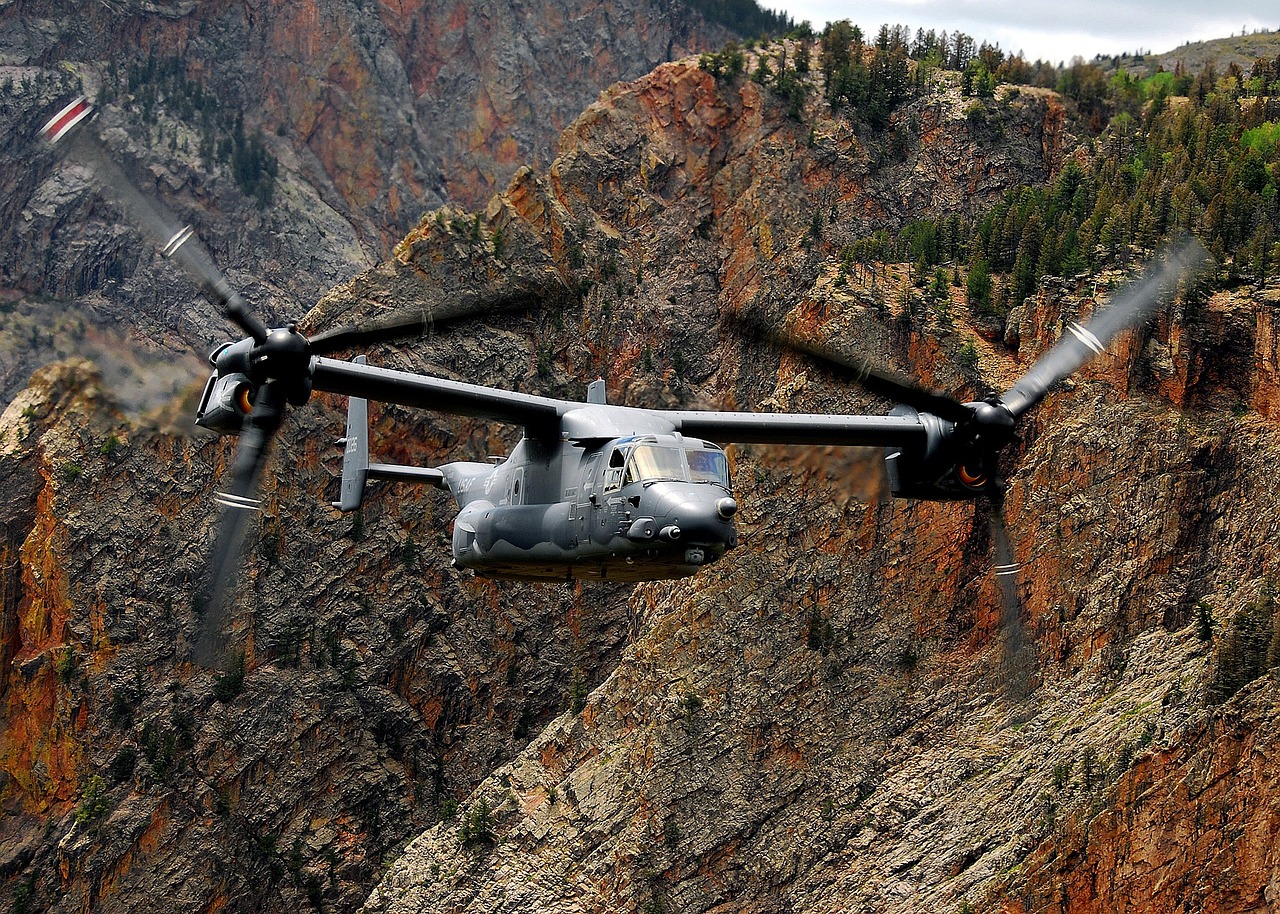
Vocabulary:
- swiftly /SWIFT-lee/
- renowned /ri-NOUND/
- mishap /MIS-hap/
- alliance /uh-LAHY-uhns/
- ongoing /ON-goh-ing/
[adverb] – with great speed or velocity
The rescue team swiftly arrived at the scene of the accident to provide assistance to the survivors.
[adjective] – famous for something
The renowned pilot was celebrated for his exceptional skills and numerous successful missions.
[noun] – bad luck, or an unlucky event or accident
The training exercise was going smoothly until an unexpected technical issue led to a minor mishap that temporarily halted the operations.
[noun] – an agreement to work with someone else to try to achieve the same thing
The strong economic and diplomatic alliance between the two countries has led to increased cooperation in various sectors, including trade and security.
[adjective] – continuing to exist or develop, or happening at the present moment
The ongoing investigation aims to uncover the root causes of the recent cybersecurity breach.
Article reading:
Australian Prime Minister Anthony Albanese and Deputy Prime Minister Richard Marles conveyed their condolences, highlighting the lasting alliance and shared values. Collaborative military exercises like this enhance communication, strengthen coordination among partners, and boost Pacific security. As investigators probe the crash, questions about its cause remain. Standard protocol mandates operational stand-downs to facilitate thorough accident investigations. While Osprey aircraft are typically safe, this incident underscores the need for ongoing safety improvements and training to avert future tragedies.
Discussion Questions:
- Have you ever encountered news about military accidents or incidents during training exercises? Could you share your thoughts on how it affected your perception of military training safety? If not, how do you think such news might influence your perception of the safety measures in place for military personnel?
- How familiar are you with military alliances and partnerships between different countries? Could you share your thoughts on whether they seemed to effectively enhance global security, or if you noticed any complexities that arose? If not, how might you speculate about the impact of such alliances on global security?
- Do you think joint military exercises help countries communicate better and make their region safer?
- Reflecting on the mechanical and operational challenges faced by Osprey aircraft, how might military organizations strike a balance between innovation and reliability when adopting new technologies?
- Considering the collaborative nature of military exercises and alliances, how can shared values and mutual interests help foster stronger diplomatic ties and promote international cooperation?
Summarization
Describe:
- capability
- convey
- deputy
- enhance
- facilitate